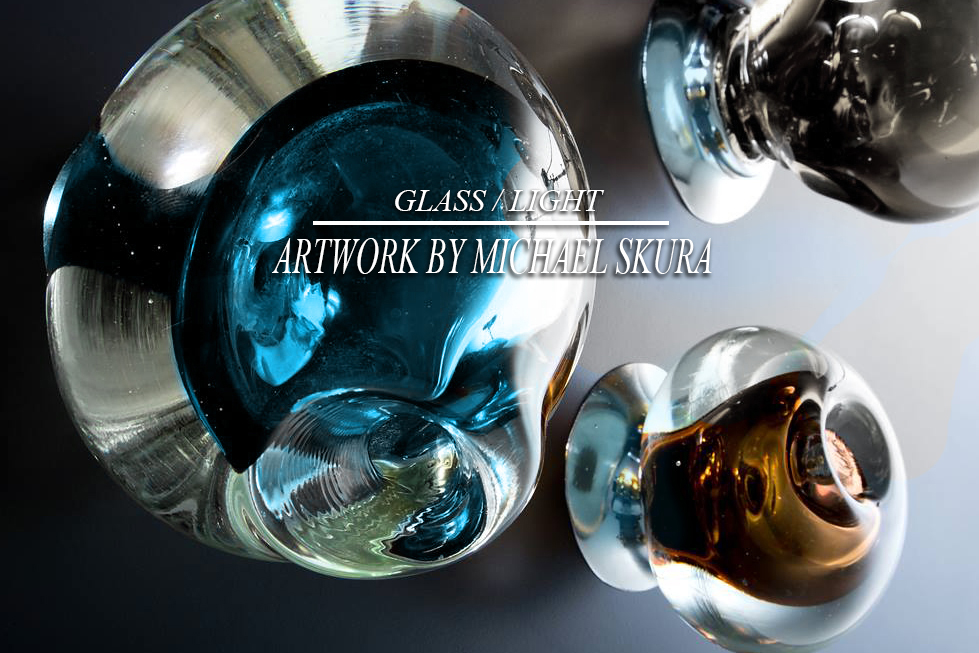
RECENT EXHIBITIONS
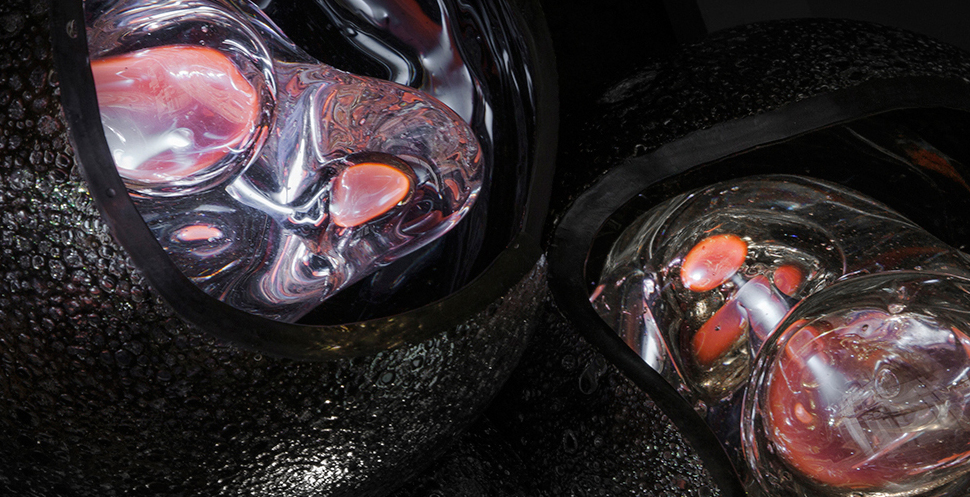
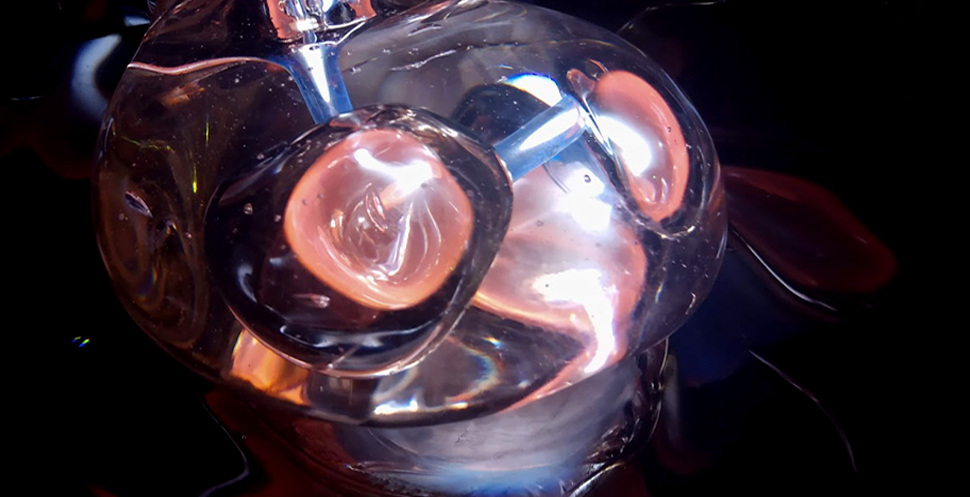
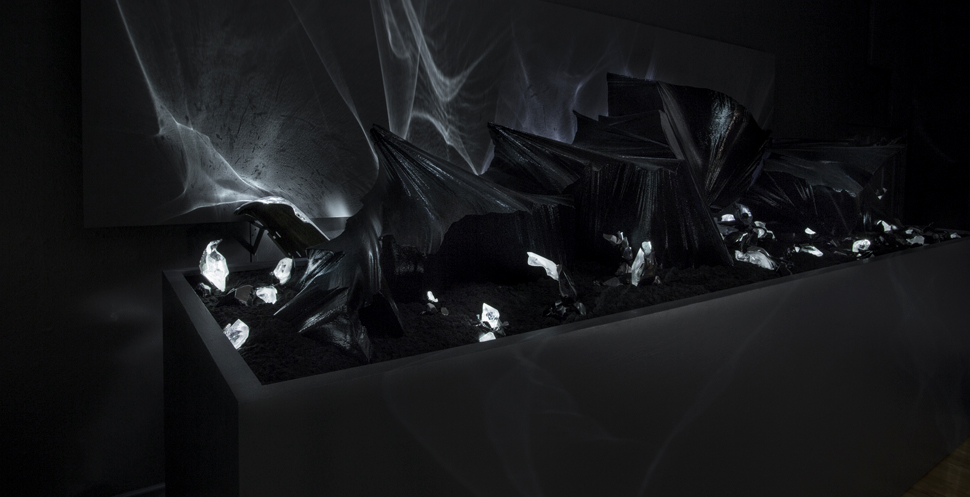
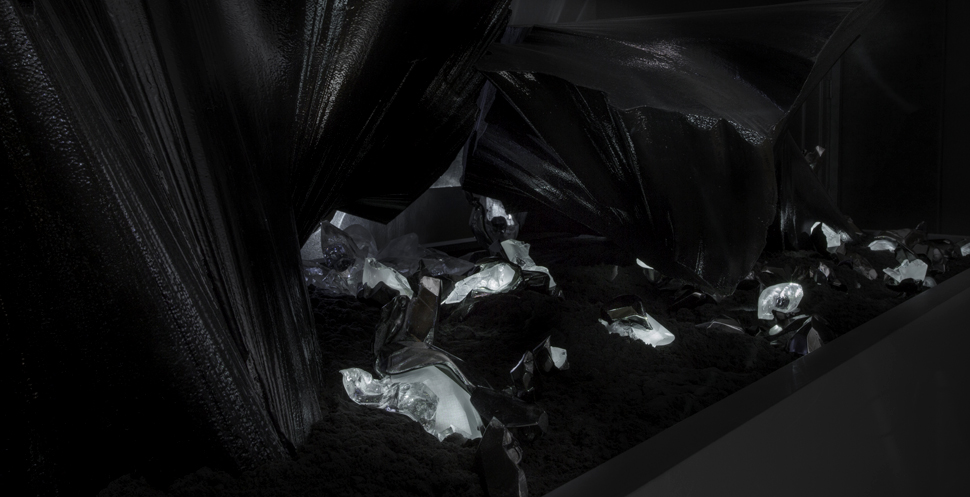
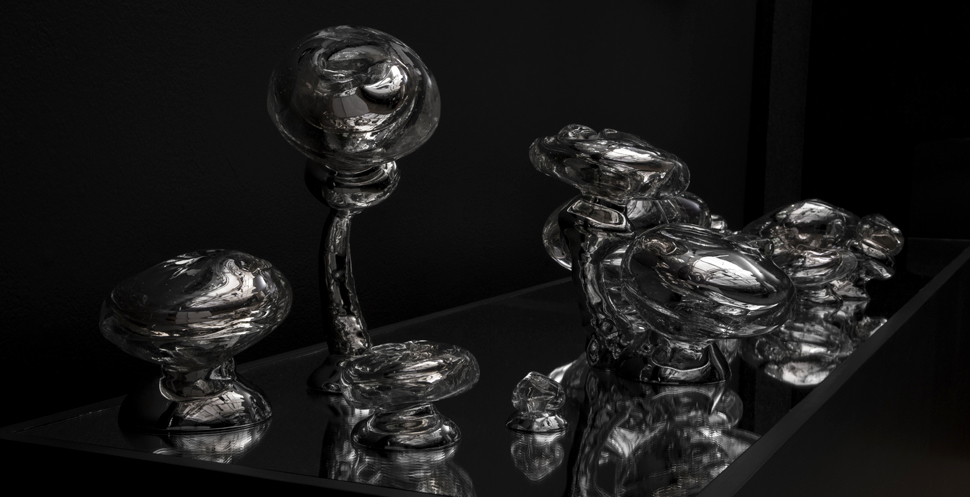
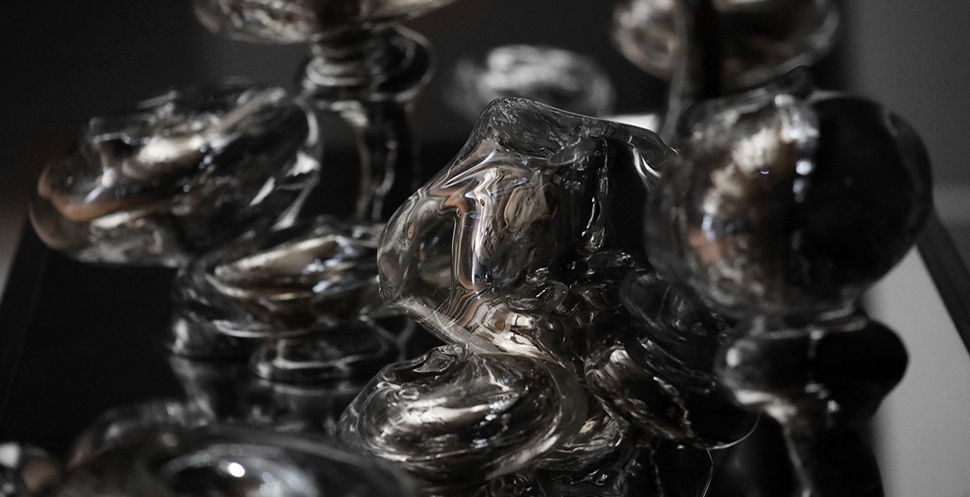
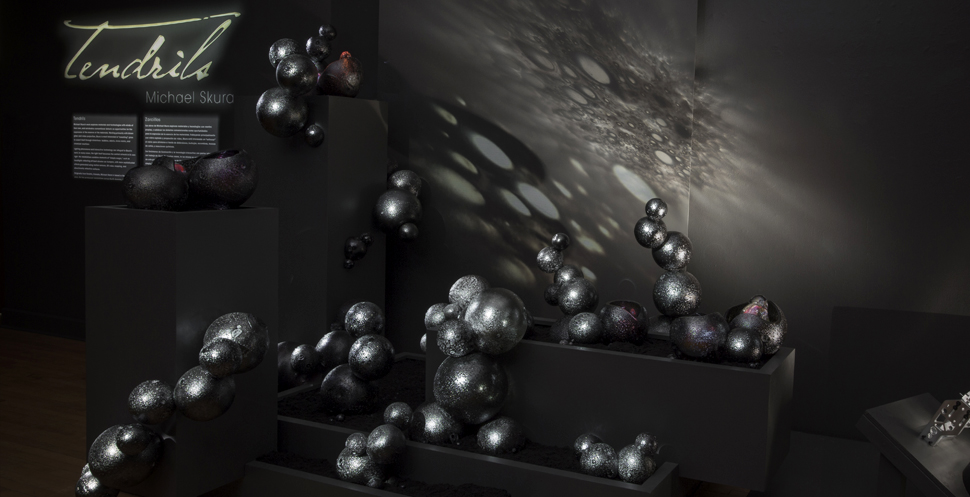
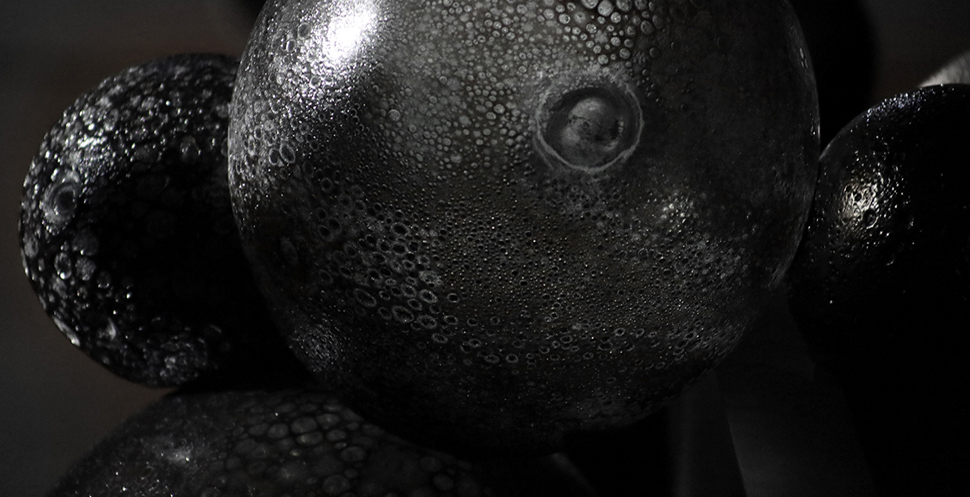
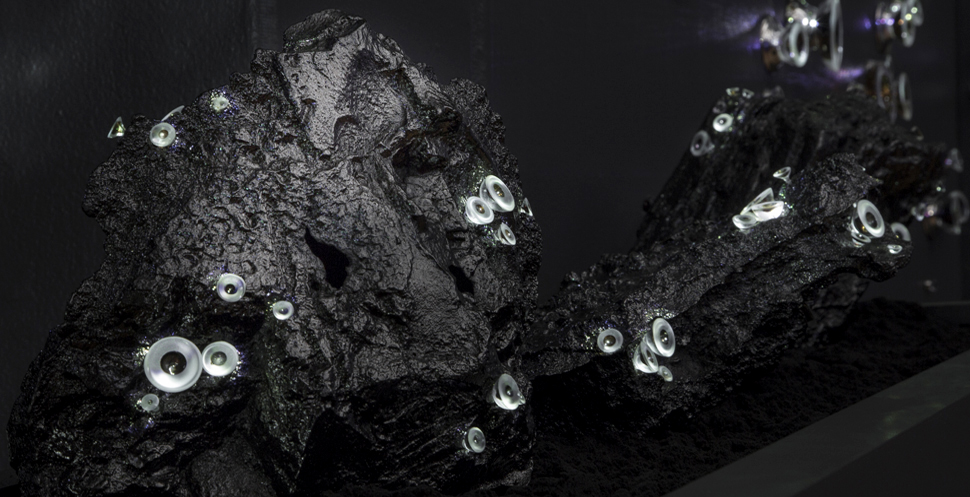
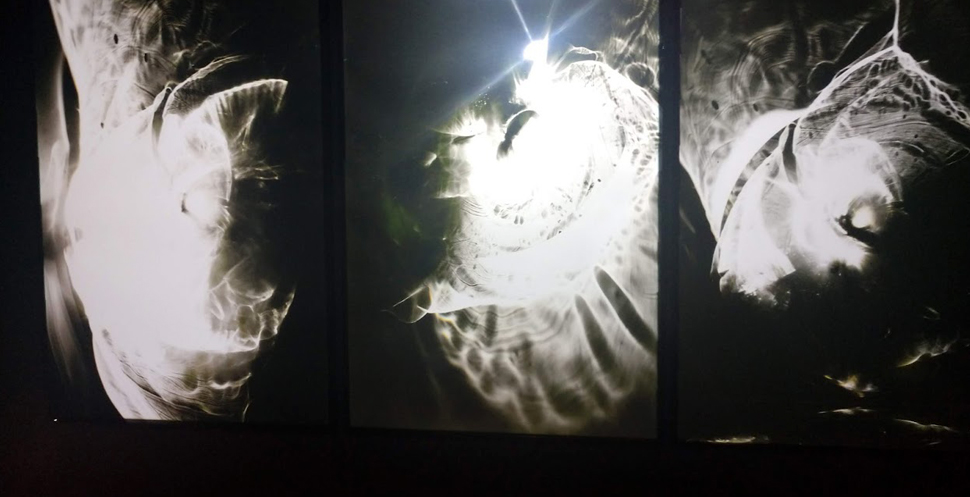
SERIES 01
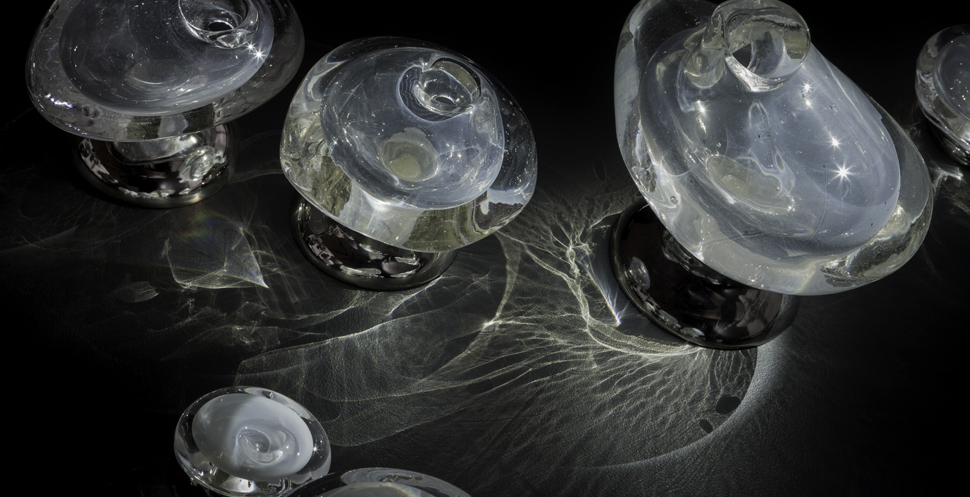
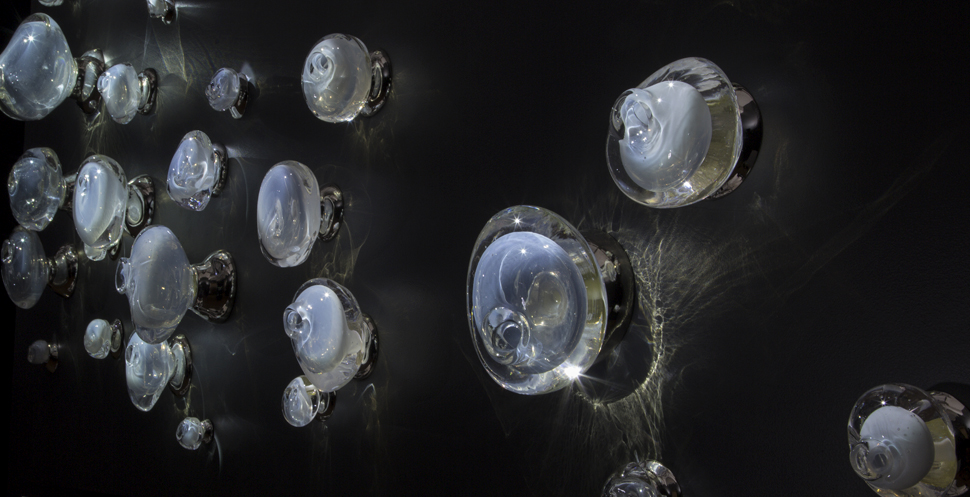
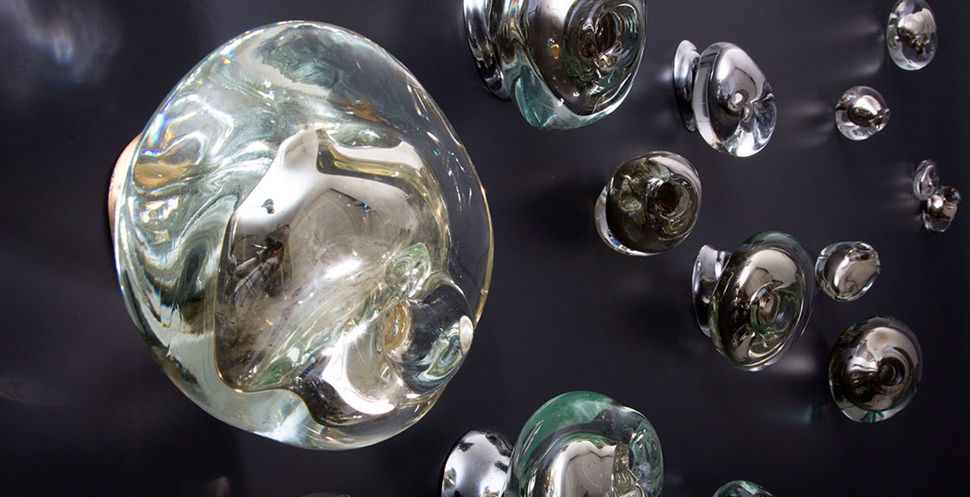
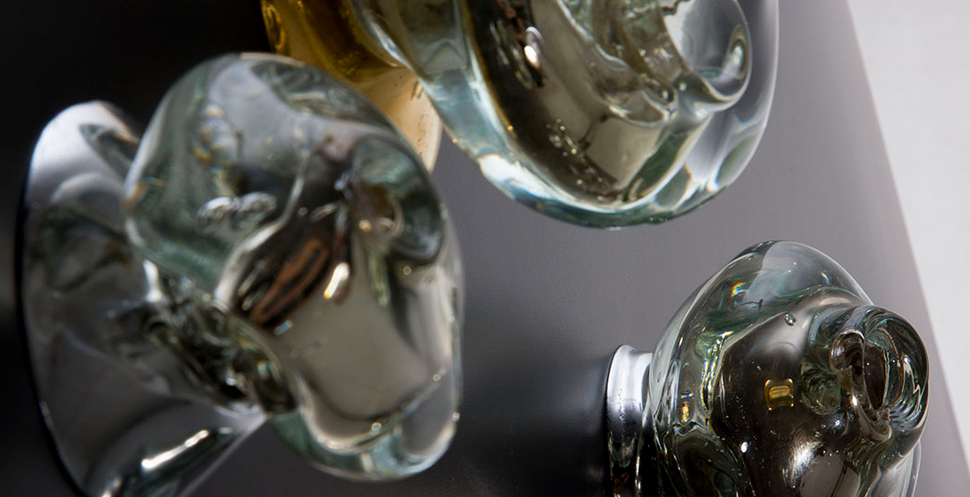
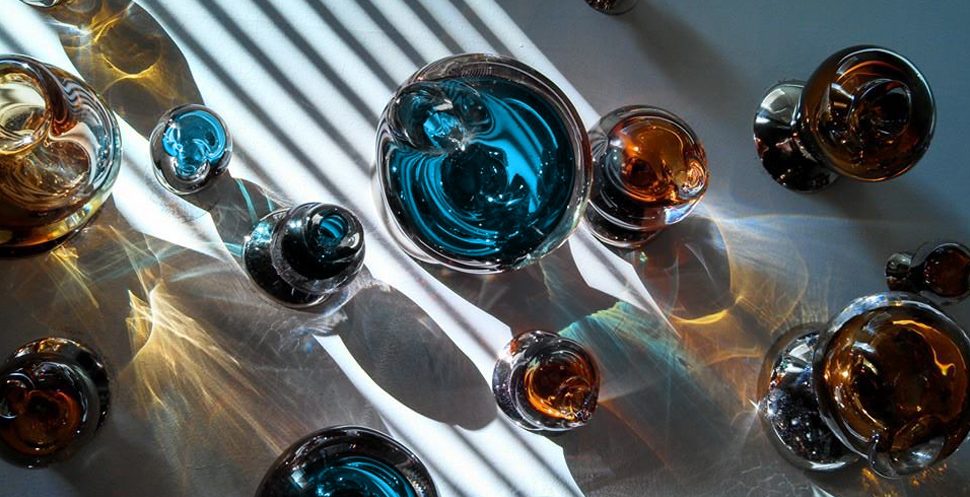
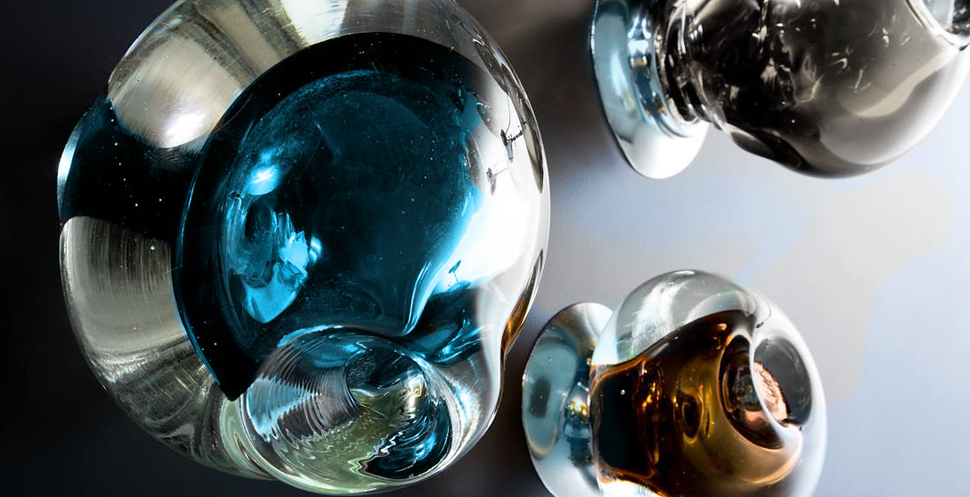
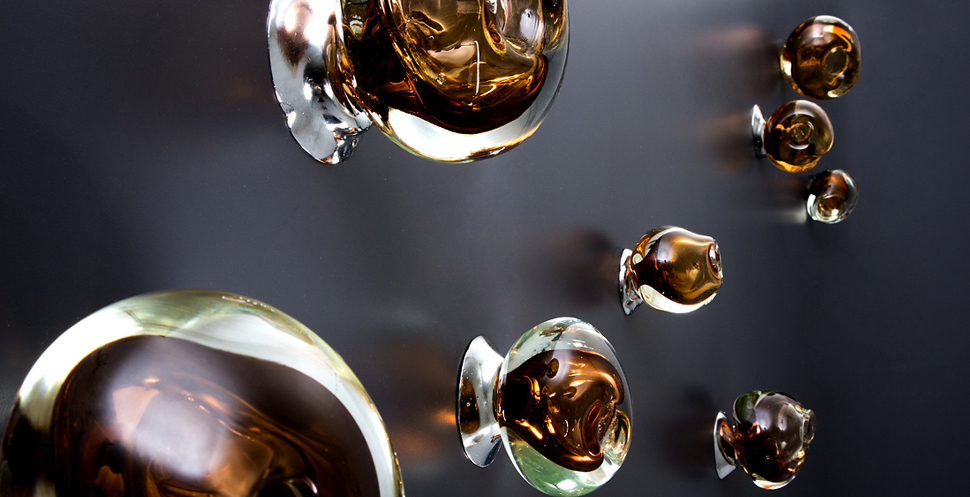
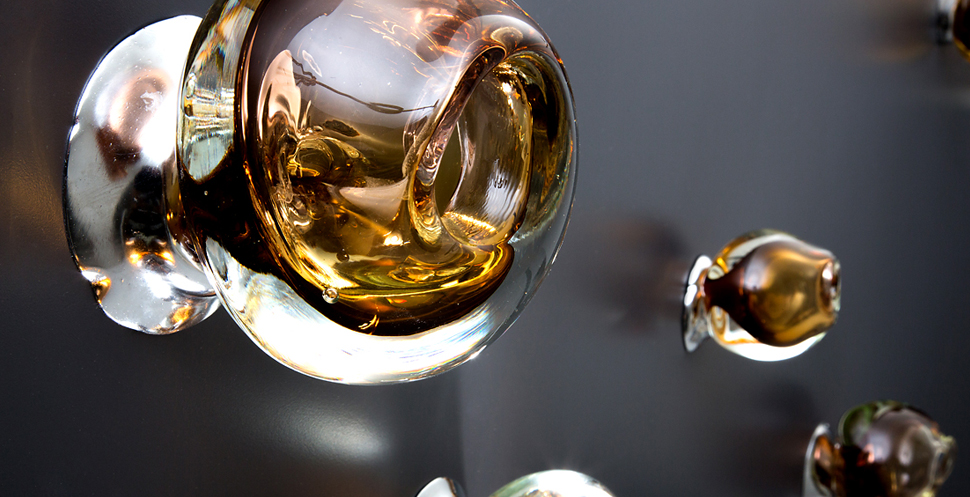
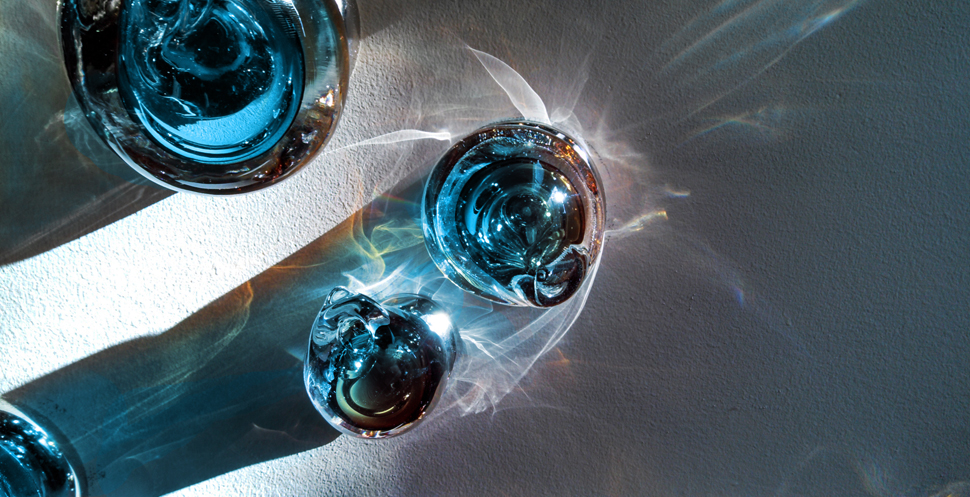
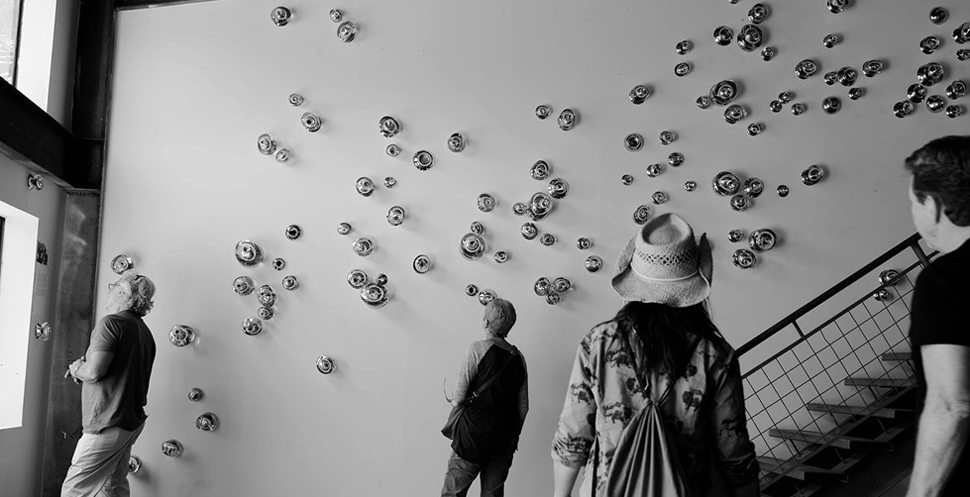
SERIES 02
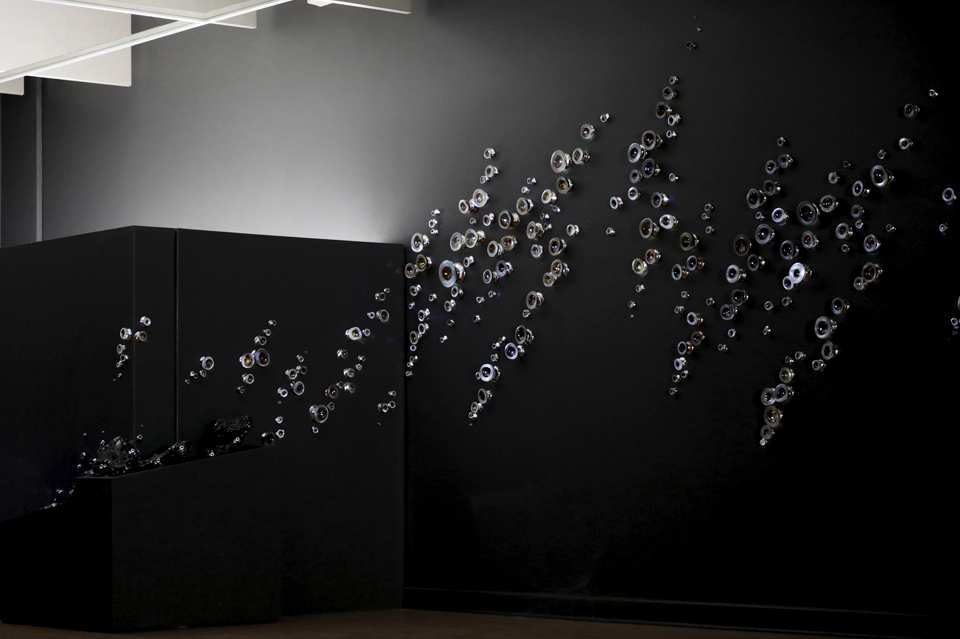
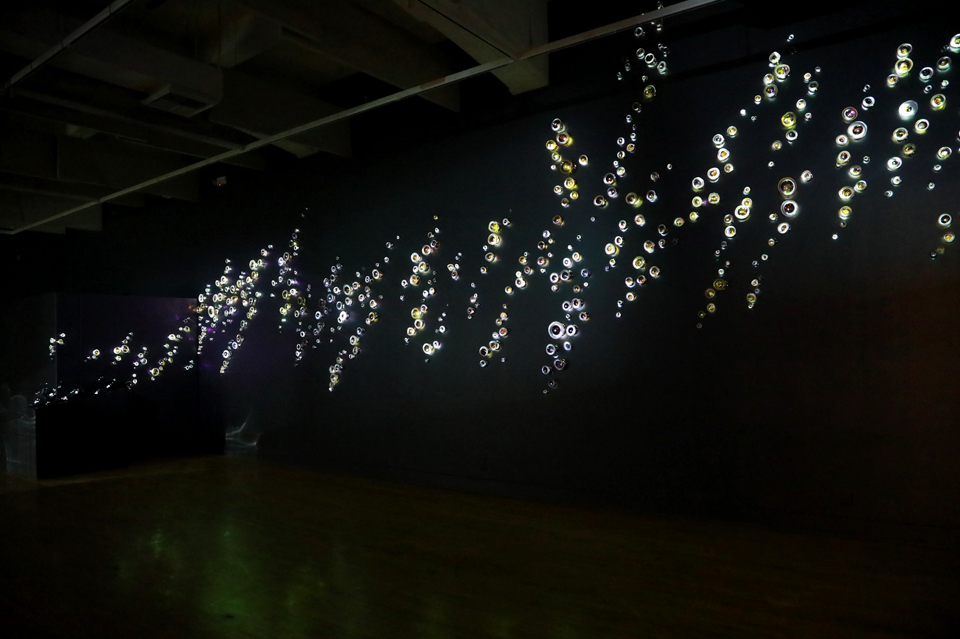
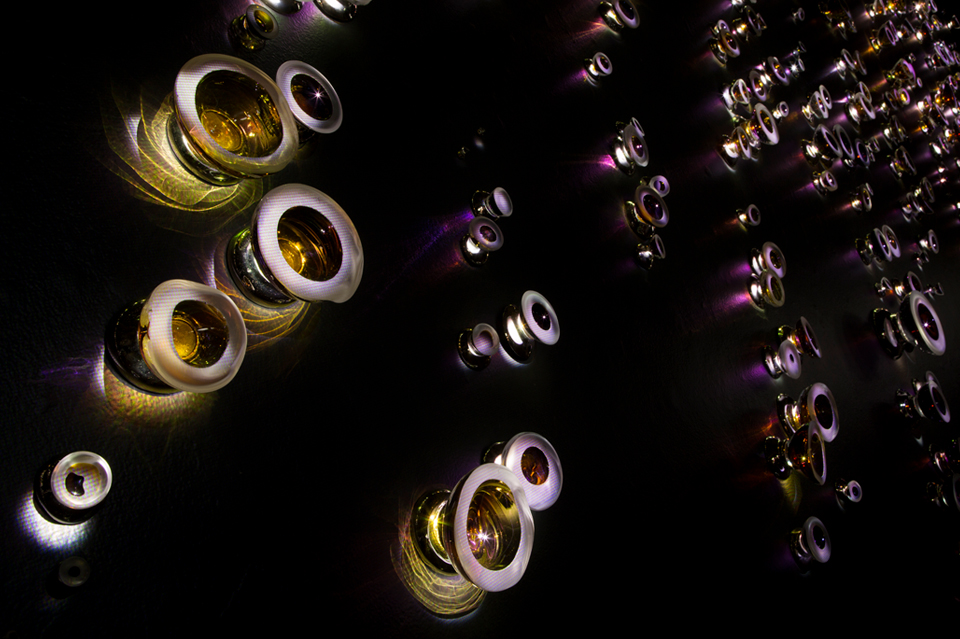
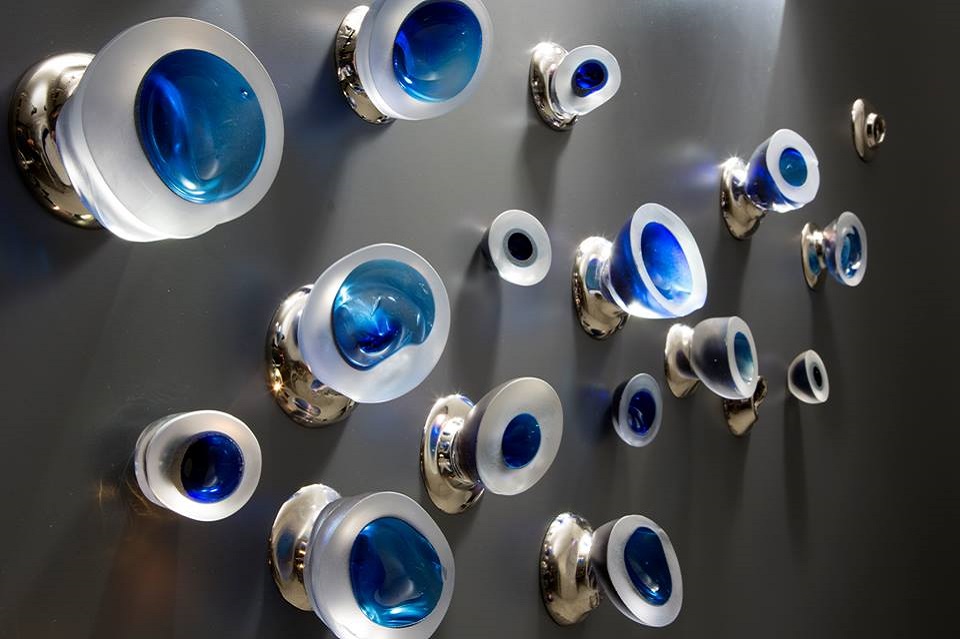
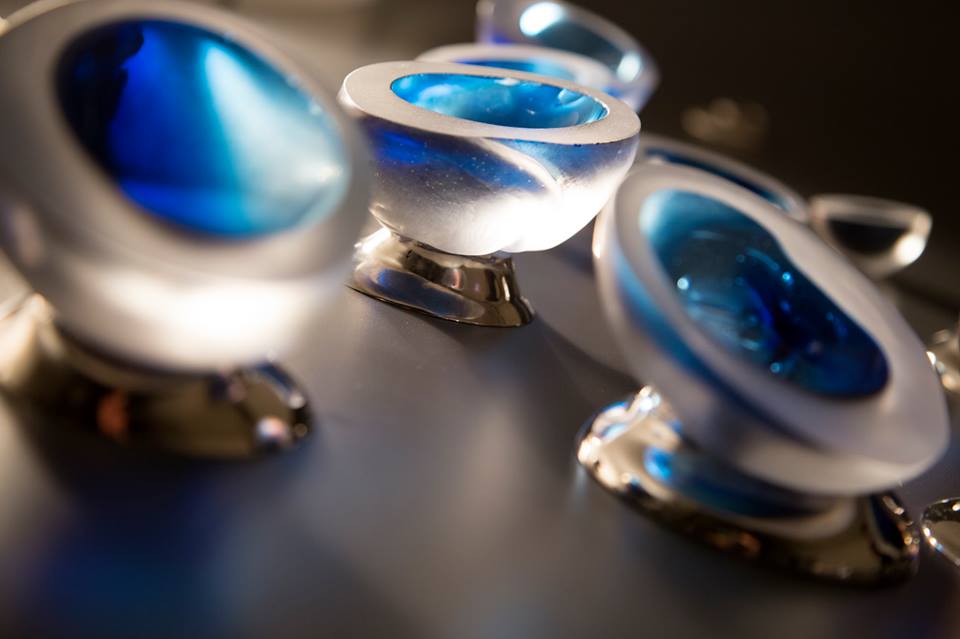
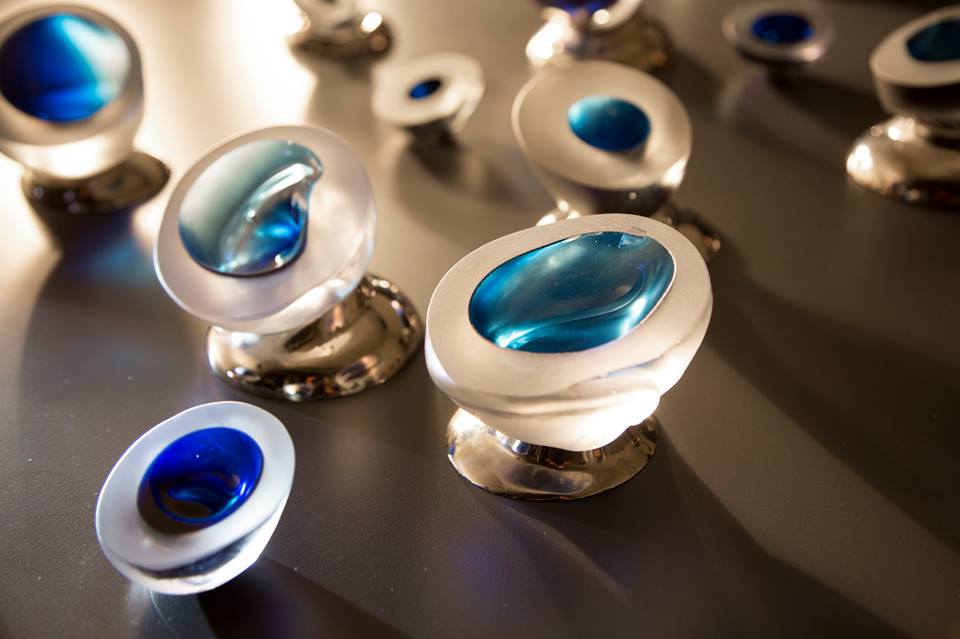
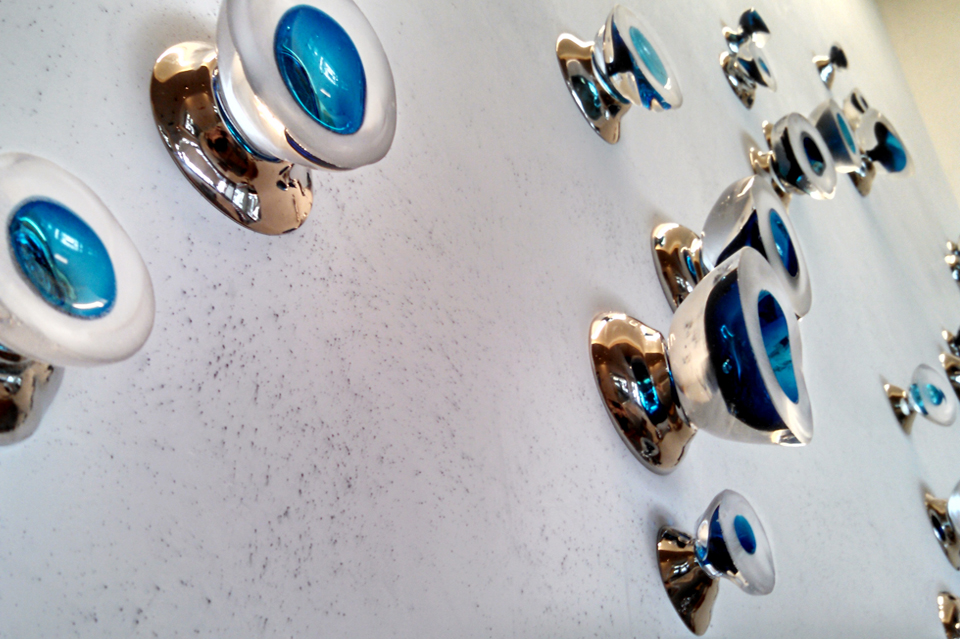
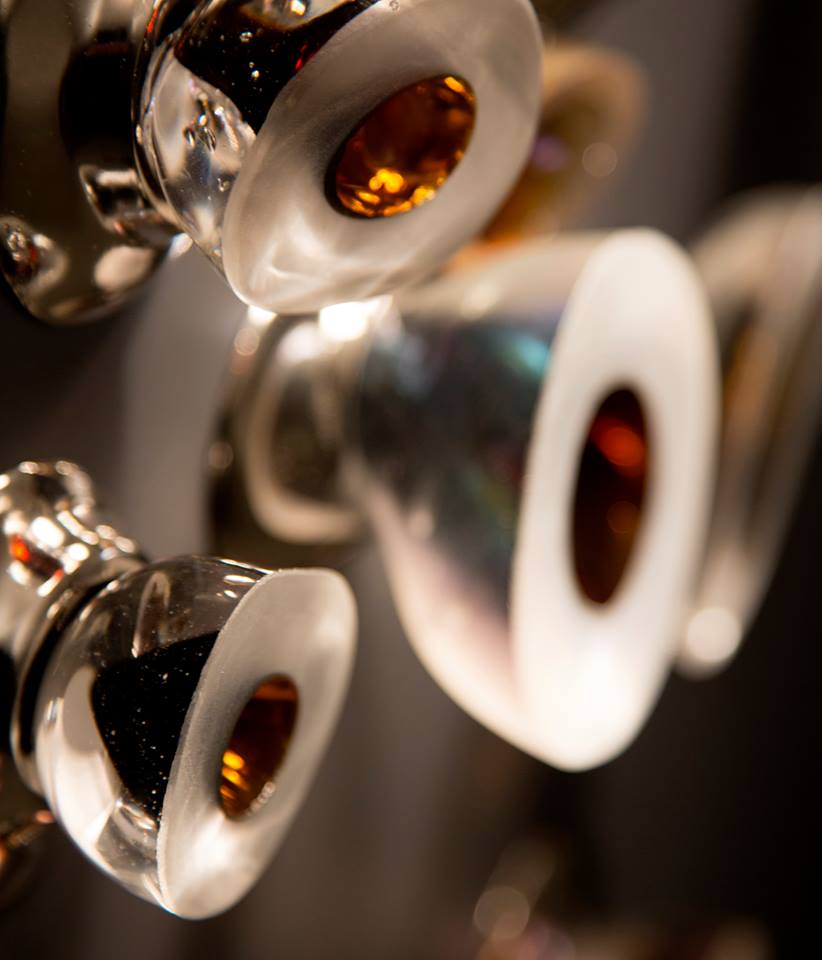
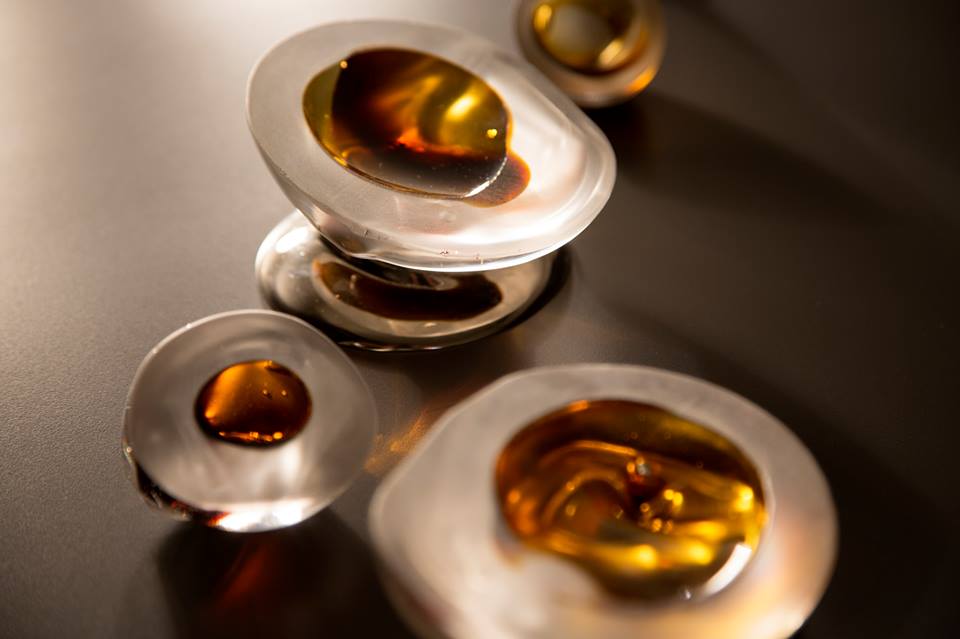
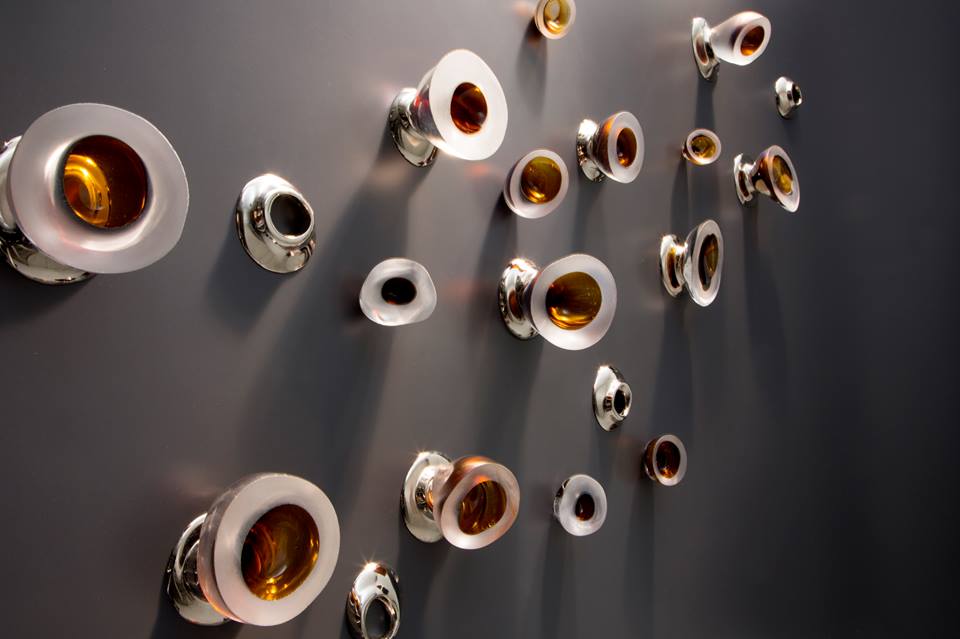
ABOUT
MICHAEL SKURA: FABRICATION OF THE NATURAL
By Peter Frank
Los Angeles May 2020
Michael Skura’s palpable landscapes — paeans to the natural environment presented in environmental form — build on spectacle. They grip us by engulfing us upon our very entry, cocooning us in darkness and then piercing that darkness with brilliant reflection. The effect is at once elaborate and primordial, seemingly brimming with intricate surprises but at the same time elemental in their relation to the natural universe (at least the universe we know). Indeed, the four natural elements are embodied in the two basic materials comprising these structures. Glass results from the application of fire to earth. Light is the sensory equivalent of air and water. But seen another way, light is airborne fire; glass is earth made liquid and transparent. Skura’s art emerges at the crossing of these ancient metaphors, the experience of their dreamlike mystery buried as deep in human perception as the metaphors themselves.
Skura has come to this expansive expression only in the last decade, but the seeds of its reasoning have long lay dormant in the artist’s mind. Trained as an architect and glass artist, Skura worked his way slowly and carefully – even self-critically – to a synthesis of the two practices. Both architecture and glasswork are arts of space, both inhering qualities of atmosphere and proposing a shaping of space according to haptic as well as optic perception. They shape space in almost opposite ways, architecture delimiting spatial continuity and guiding corporeal movement, glass allowing but distorting that continuity and alternately reifying and undermining the veracity of visual apprehension. Many architects, and artists, have proposed a “glass architecture” that, for the most part, renders architectural barriers more or less invisible, not just permeable but mutable by light. But Skura approaches the marriage of the two disciplines in a markedly different fashion. In his work the qualities of glass, reflective and refractive as well as transparent, drive the viewer’s experience – the grasp of the spectacle – by shaping light, supported by semi-visible, non-glass structures whose semblances are more that of landscapes than of buildings.
The central medium in Skura’s recent installational work, then, is light. Glass and other materials, architectural and other construction are put at the service of catching and casting light – natural and projected alike – in ways that at once confound and confirm the eye’s expectations while broadening associations with natural phenomena. We are not surprised to find elements both light and dark illuminated and defined by the presence of light; such effects recur throughout the histories of art and architecture alike. But we are stunned by how precise and peculiar, how cold and how fluid, is the actual light Skura captures. That light takes on the brittleness of glass, even while Skura’s glass itself – notably the thick, sturdy organic shapes he fashions out of blown glass – seems anything but brittle. Fine-spun at times, perhaps, and incandescent, but far from delicate in their evident heft. They are indeed delicate, but their delicacy is drawn from light per se. The recent installation-exhibition of Skura’s work at the Riverside Art Museum may have been titled “Tendrils,” but if anything, this referred to the attenuation and evanescence of the light itself and less to the obdurate vessels that contained and refracted it.
Working in Los Angeles, Skura takes advantage not only of a light-filled environment – and a vast network of small industry that can abet his production – but of modern traditions of artistic and architectural innovation. The architecture of the region, and the best known and most radical artistic practice, are both famously heliotropic, not simply respondent to but dependent on the kind(s) of natural light that result from the proximity of sea and desert. Yet stylistically, the Toronto-born artist does not work in a way that generally resembles the airy, expansive material playfulness of local architects, nor the almost magical capturing of light achieved by artists of the Light & Space movement. Skura cites Helen Pashgian, an early, consistent, and yet dynamically morphic Light & Space artist, as something of an inspiration, valuing as he does her ability to work with substances so as to give light an almost tactile presence while maintaining the morphic integrity of her sculptures. But, for all his respect and interest, Skura does not feel himself a part of the Light & Space “tradition.” He feels somewhat closer to another group of late-modern experimentalists, one engaged – like Skura himself – with the interaction of sourced light (much of it artificial) and eccentrically crafted structure. These would be the artists in Europe (notably Paris) and South America who emerged not long after the Second World War, whose interests were in combining light with movement and whose approach to artmaking was emphatically mechanical and even technological – far more so, and more self-consciously so, than their California counterparts. In particular, Skura mentions Argentine-French artist Julio LeParc – a key figure in the groundbreaking collaborative Groupe de Recherche d’Art Visuel – as an aesthetic model. LeParc’s works of the 1960s, with their hyperactive play of multiply reflected light beams, clearly anticipate Skura’s own with their treatment of light as a sculptural, not just painterly, presence.
Skura attributes this preference for the late modernism of European light-and-movement art to his modernist training as an architect in Canada. “I play with materials across the spectrum,” he writes, “but don’t force them into submission or irony like a post-modernist. I’m less interested in grinding a material into a perfect sphere [than] in ‘coaching’ materials into expressing their nature, honestly, through stress marks, free forms, chemical reactions, etc.” Skura’s neo-modernism also embraces the valorization of mechanisms and technologies. The structures and projections the artist devises for displays such as the “Tendrils” exhibition present not simply the spectacle of contained and reflected light, but the machines that provide the light and the formations that contain and define the works.
Skura thus effects an intricate elaboration of various mechanisms in the arrangement of gross materials and finely wrought elements, such as effects realized (in the “Tendrils” show) through the fashioning of containers for noble-gas illumination (neon, argon, etc.), focusing lenses, almost two dozen video projectors, and even a multi-track soundscape of digitally altered human vocal tones. Despite this gadgetry and attendant spectacle, however, the work is not engaged in optical trickery or, the artist emphasizes, response to viewer presence or movement. Indeed, the one “interactive” piece in “Tendrils,” called Shy—a work programmed with video-game technology, of all things – reacts to audience activity by “rejecting” it, by seeming to shut down, at least partially, in the presence of exaggerated movement. Instead of mirroring (and thus rewarding) our rambunctiousness, Shy shies from it like a forest animal.
For all the equipment and for all the visual impact, then, a peacefulness, a centered calm resides at the heart of Michael Skura’s aesthetic. Modernism preached a faithfulness to material no less than to effect, and the effects Skura draws from his concatenations are not feats of magic so much as feats of craft – and of art. His work does not strive for the condition(s) of nature itself so much as for the sensations of nature as we sense them. The glass-dominated but variously fashioned installational objects Skura has been fashioning over the last decade manifests not natural circumstances but our own enlightened grasp of natural forms and energies. The spectacle is built, but it is not manufactured: it grows at the edge of the divide between nature and humanity – and seeks to overgrow that boundary. It honors nature, to be sure, but honors equally our delight in it.